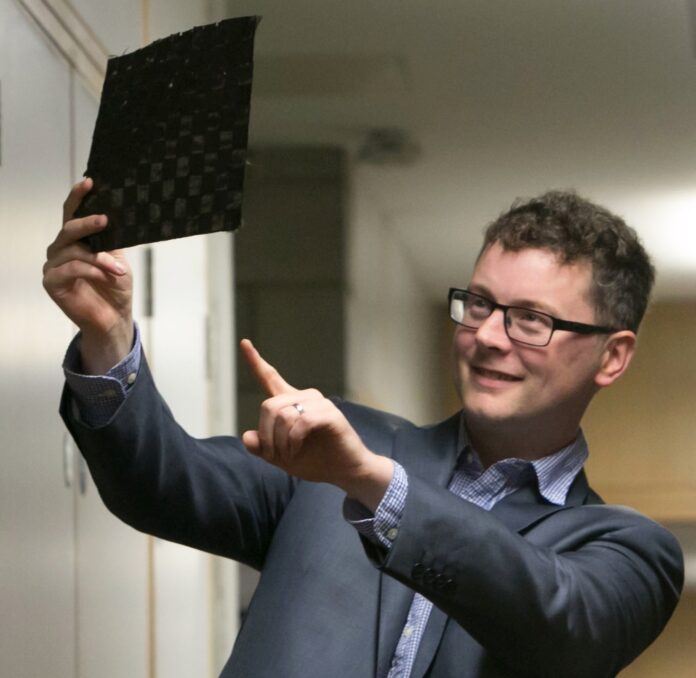
NEW hybrid biomaterials developed at University of Limerick have shown significant promise in the treatment of spinal cord injury.
Researchers at UL’s Bernal Institute developed the material in the form of nanoparticles that were synthesised to promote repair and regeneration of spinal cord tissue.
The UL team led by Professor Maurice N Collins and PhD candidate Aleksandra Serafin, used a new electrically conducting polymer composite to promote new tissue growth and advance the treatment of spinal cord injury.
“Spinal Cord Injury (SCI) remains one of the most debilitating traumatic injuries a person can sustain during their lifetime, affecting every aspect of their life,” explained Professor Collins.
“The debilitating disorder results in paralysis below the level of injury and, in the US alone, the annual healthcare costs for SCI patient care are $9.7 billion.
“As there is currently no widely available treatment, continuous research into this field is crucial to find a treatment to improve the patient’s quality of life, with the research field turning towards tissue engineering for novel treatment strategies.
“The field of tissue engineering aims to solve the global problem of shortages of donated organs and tissues, in which a new trend has emerged in the form of conductive biomaterials. Cells in the body are affected by electrical stimulation, especially cells of a conductive nature such as cardiac or nerve cells,” Professor Collins explained.
“The impact that spinal cord injury has a on a patient’s life is not only physical, but also psychological, since it can severely affect the patient’s mental health, resulting in increased incidences of depression, stress, or anxiety,” Ms Serafin added.
“Treating spinal injuries will therefore not only allow for the patient to walk or move again but will allow them to live their lives to their full potential, which makes projects such as this one so vital to the research and medical communities. In addition, the overall societal impact in providing an effective treatment to spinal cord injuries will lead to a reduction in health care costs associated with treating patients.
“These results offer encouraging prospects for patients and further research into this area is planned,” she explained.










